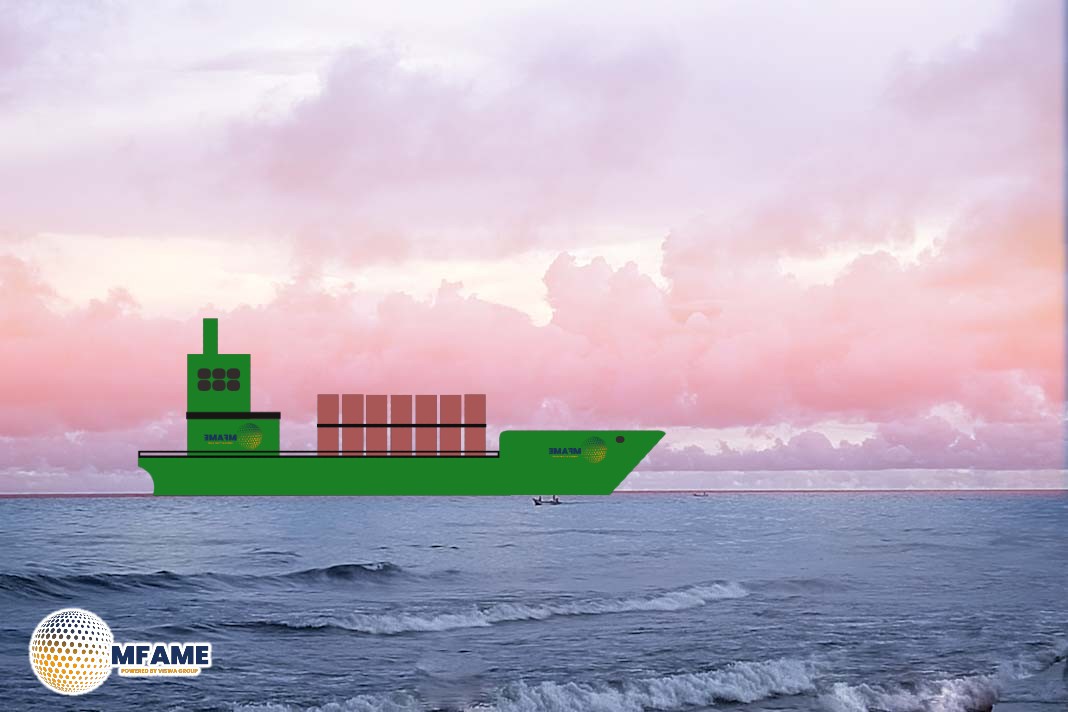The recent launch of Norway’s new Johan Castberg crude oil brand from the Barents Sea is generating considerable excitement in the market. Initial reports suggest that the first cargoes of this crude have commanded strong prices, indicating high demand and a positive reception of its quality, reports S&P Global.
High Production Level
The Johan Castberg project, operated by Equinor with Vår Energi and Eni as partners, began production in late March 2025 after significant delays and cost increases. Located 240 km north of the Norwegian mainland, this $8.2 billion development is now online.
The Johan Castberg crude is characterized as relatively light, with an API gravity of 34.7 and a sulfur content of 0.16%, though it is heavier than many other North Sea crudes. Analysts point to its attractive refining qualities, specifically a low yield of vacuum gasoil and high yields of valuable middle distillates like jet fuel and gasoil. Market sources indicate strong initial interest in the grade, with comparisons being drawn to the sought-after Alvheim crude, which often trades at a premium to the North Sea benchmark, Platts Dated Brent.
A key feature of the Johan Castberg field is its anticipated rapid ramp-up to a high production level. Equinor expects to reach a plateau of around 220,000 barrels per day (b/d) in the first half of 2025, facilitated by the numerous wells already drilled. The field’s estimated recoverable reserves are substantial, ranging from 450 million to 650 million barrels, with potential for further increases due to recent discoveries in the vicinity. The production from Johan Castberg is expected to play a crucial role in mitigating a predicted decline in Norway’s overall oil production later this decade.
Pricing Rationale
The commencement of production at the Johan Castberg field is notable not only for its substantial output but also for its remote location, situated approximately 1,500 nautical miles from Rotterdam, the primary refining hub in Northwest Europe. The project faced repeated delays during its final start-up phase due to severe winter weather, adding to multi-year delays caused by the pandemic and welding quality issues at a fabrication yard in Singapore.
Given its distance, the Johan Castberg crude is expected to be sold on a CIF (cost, insurance, and freight) Rotterdam basis, with delivery likely handled by shuttle tankers managed by the project partners – a common arrangement for North Sea crudes loaded offshore. While one trader expressed concerns about potential freight costs and demurrage associated with transporting crude from the remote FPSO (floating production, storage, and offloading vessel), the market has shown a strong initial appetite for the grade.
Participants reported that cargoes of Johan Castberg crude for May arrival were trading at a premium of $4-5 per barrel above Dated Brent on a CIF Rotterdam basis, with a cargo delivered CIF Spain fetching a similar premium of around $5 per barrel. This premium is comparable to other high-quality Norwegian grades; for instance, Platts assessed Alvheim crude at a $4.65 per barrel premium to Dated Brent on a CIF Rotterdam basis on April 15th.
Did you subscribe to our daily Newsletter?
It’s Free Click here to Subscribe!
Source: S&P Global















![[Watch] Crazy Power Needed to Move World’s Largest Containerships](https://mfame.guru/wp-content/uploads/2023/11/mfame-tanker-100x70.jpg)
